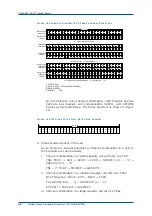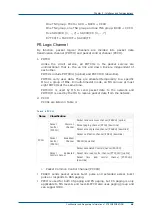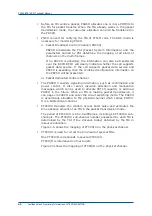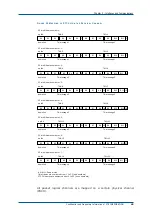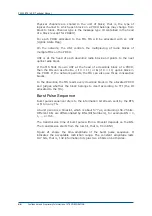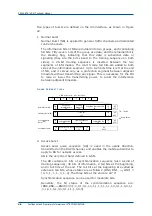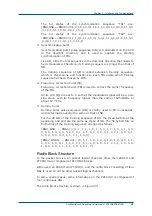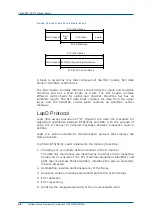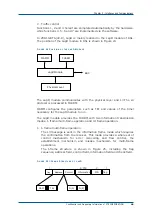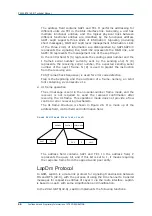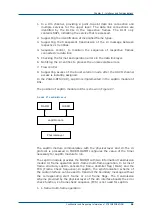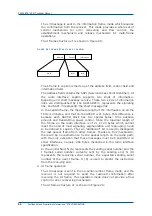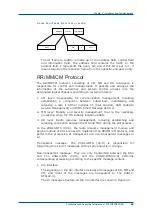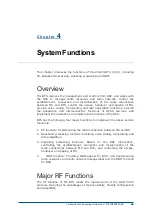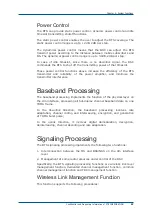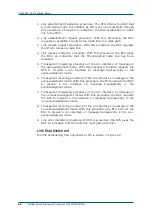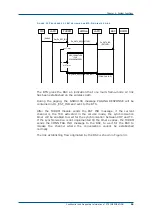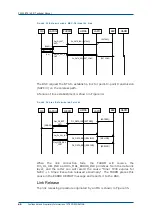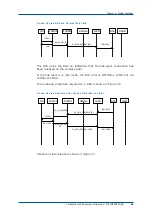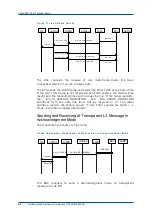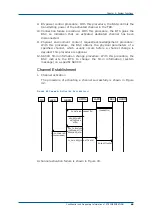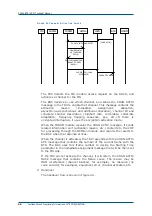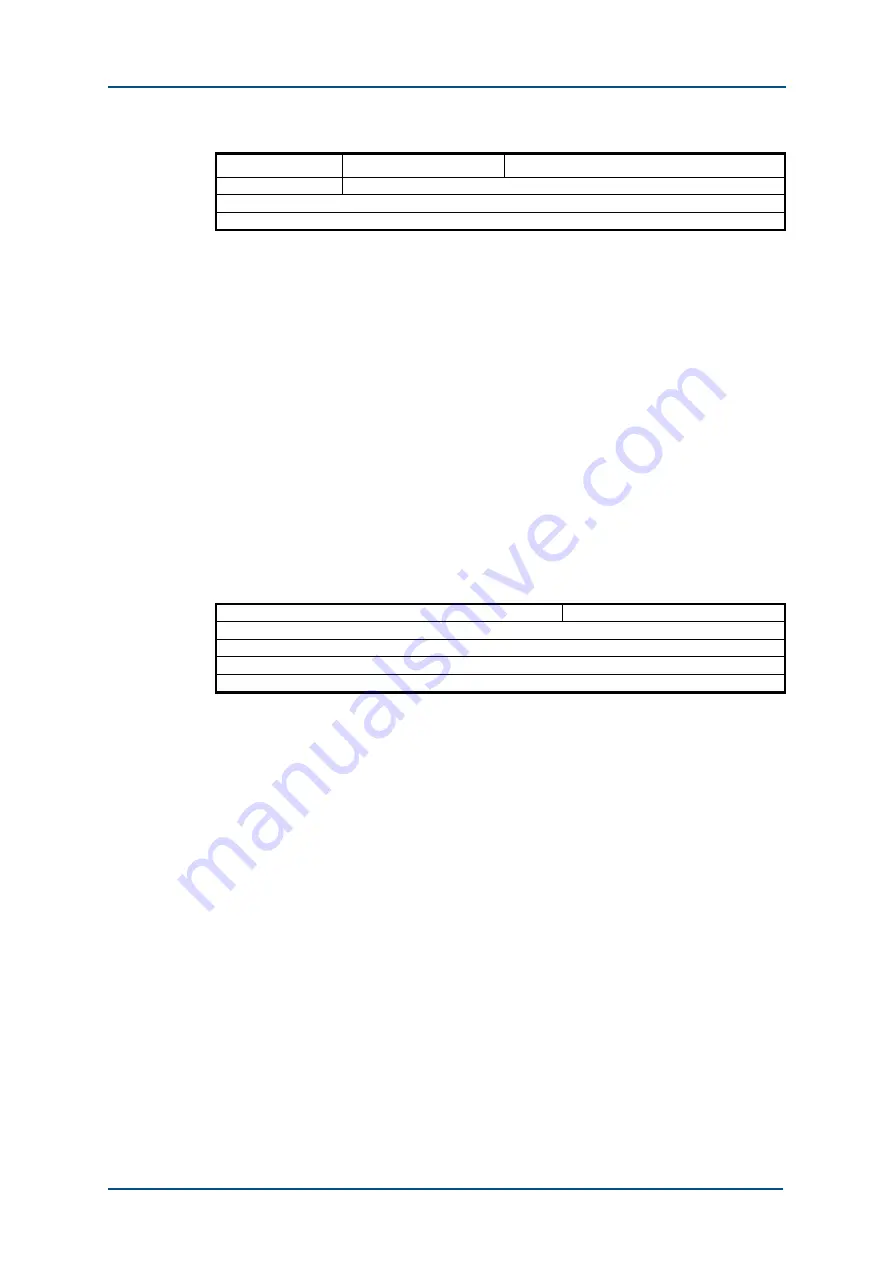
ZXG10-BTS (V2.9) Technical Manual
54
Confidential and Proprietary Information of ZTE CORPORATION
F
I G U R E
3 0
L 3 M
E S S A G E
S
T R U C T U R E O N T H E
U
M
I
N T E R F A C E
TI flag
Protocol indicator
0 Type
Information unit (mandatory)
Information unit (optional)
The protocol indicator is used to indicate the protocol type (RR, CM or SMS.). TI,
a transaction identifier, is used to distinguish multiple concurrent CM connections.
The message type indicates the function of the L3 message.
2. Abis interface
On the Abis interface, most of the radio interface signaling messages
are transmitted transparently in L3.It performs management over the
physical and logical equipment of BTS (V2.9), including equipment
start, release, parameter control and performance monitoring, thus
ensuring normal communication services. It divides the managed
objects into four types: radio link layer, dedicated channel, control
channel and transceiver.
The message structure of L3 on the Abis interface is shown in Figure
31
F
I G U R E
3 1
M
E S S A G E
S
T R U C T U R E O F
L 3
O N T H E
A
B I S
I
N T E R F A C E
Message discriminator
T
Type
Channel number
Link identifier
Other information cell
The message discriminator indicates the message type (management message of
the radio link layer, management message of the dedicated channel, management
message of the common channel or management message of TRX).
T indicates whether it is a transparent message. The message type indicates the
function of the L3 message. The channel number indicates the channel
combination type as well as marks the timeslot number.
The link flag contains the contents like SAPI and so on.
Summary of Contents for ZXG10-BTS
Page 4: ...This page is intentionally blank ...
Page 8: ...Figures 121 Tables 123 ...
Page 9: ...This page is intentionally blank ...
Page 10: ......

